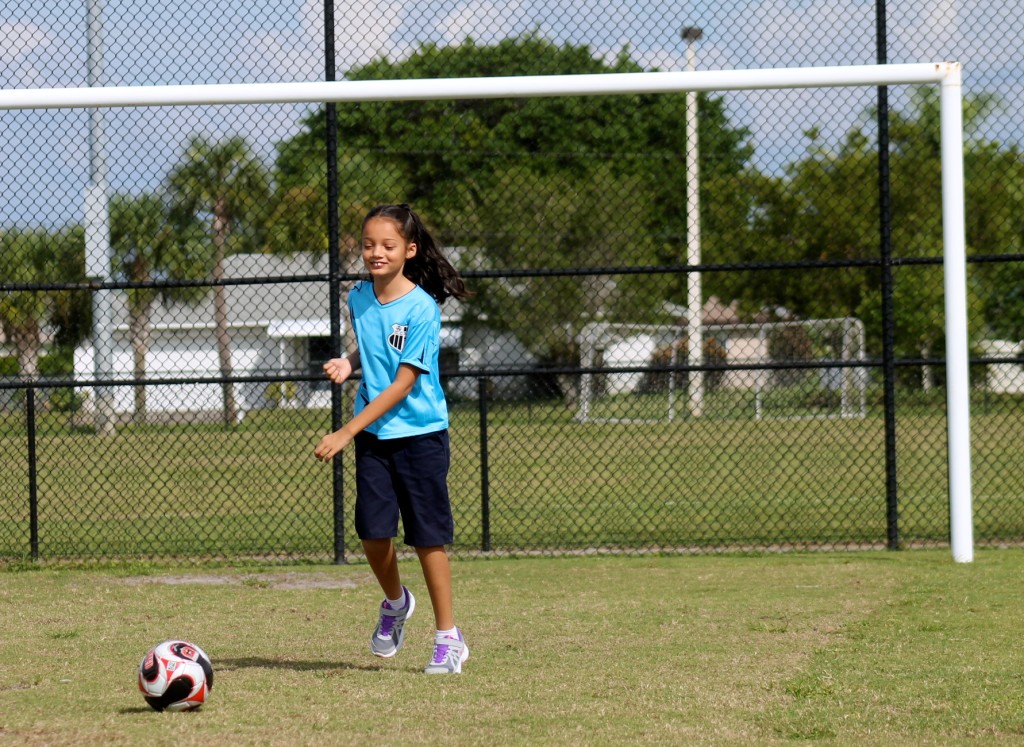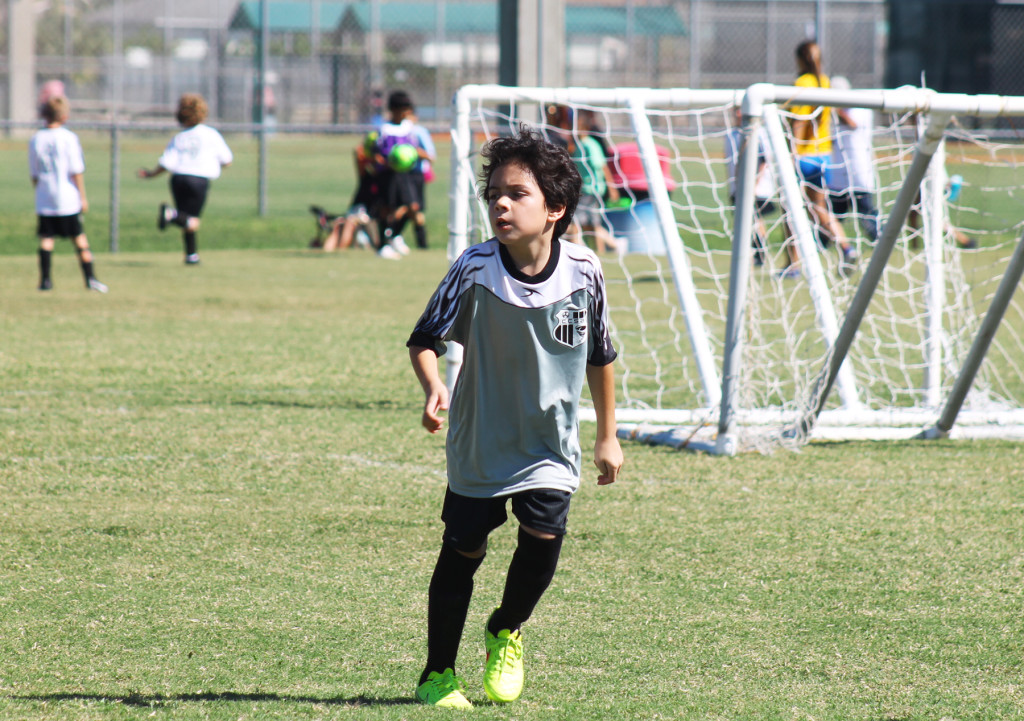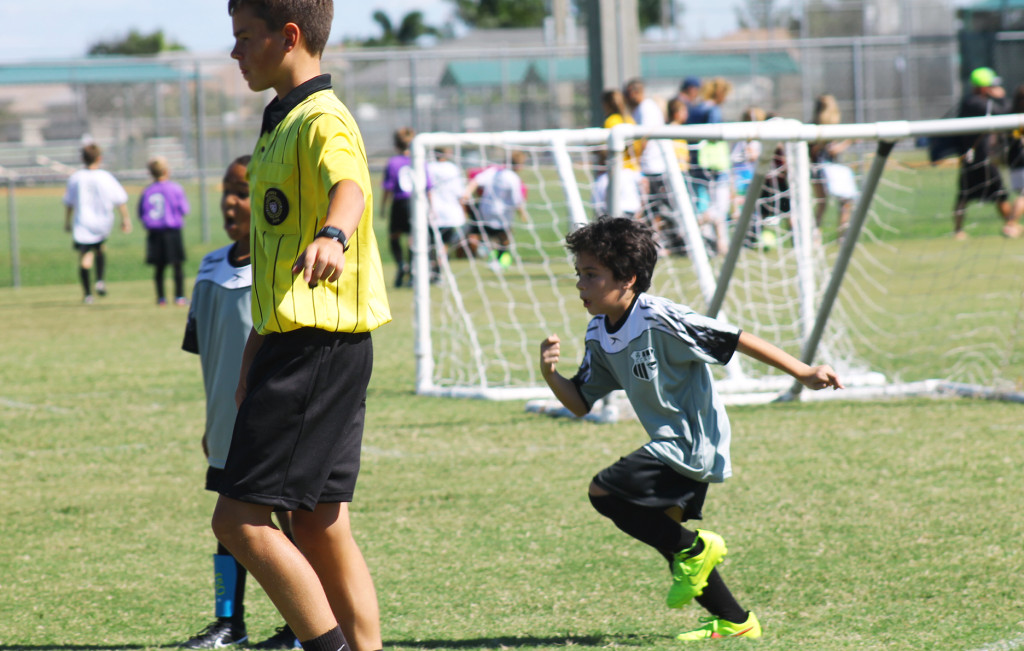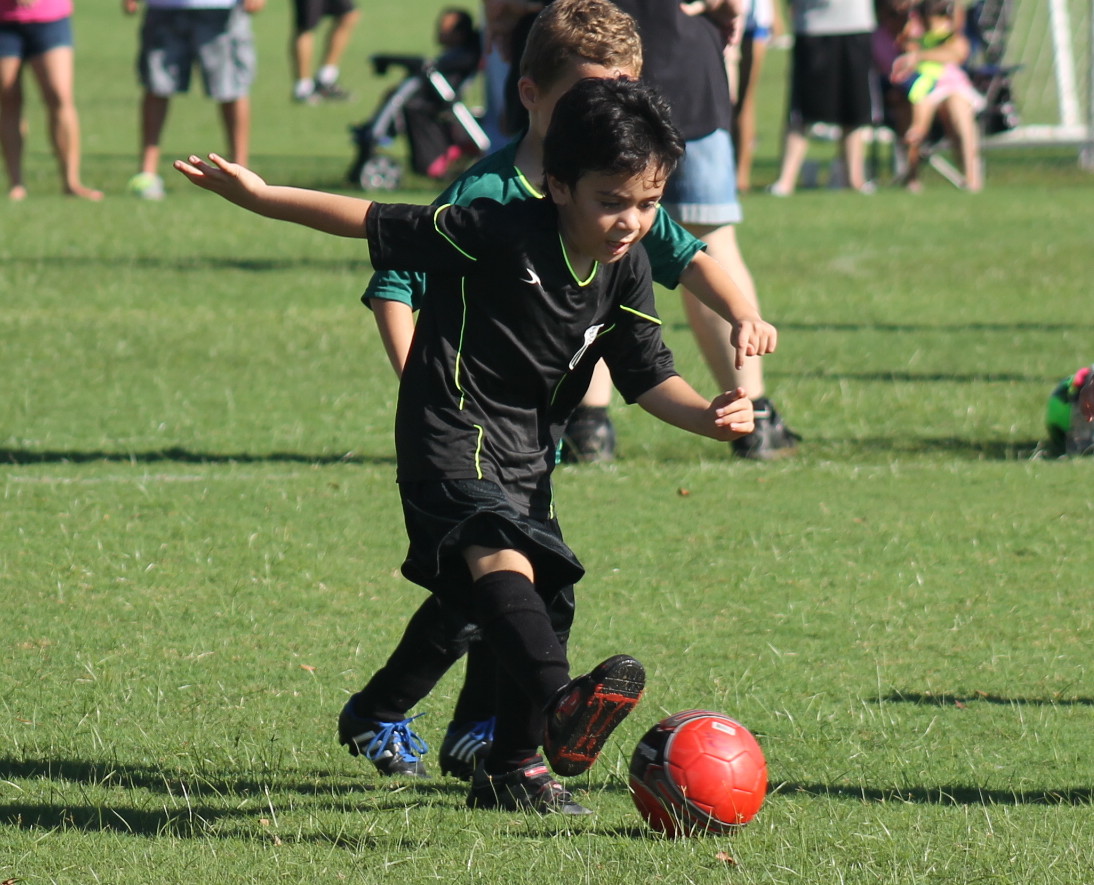Whether it’s summer soccer, after-school football, or a spontaneous backyard game, sports are a wonderful way for kids to stay active, build confidence, and have fun. But as a parent, one of the most important things we can do is learn how to prevent sports injuries in kids — not just to avoid trips to the ER, but to support their long-term health and love for movement.
As someone who grew up loving sports — including motocross, one of the riskiest of them all — I’ve had my fair share of accidents. One especially bad fall left me with broken ribs and a shattered helmet. I walked away grateful but also with a new perspective: preparation and support matter more than we realize. Now, watching my own son play soccer and dive headfirst into competition, I’m more committed than ever to doing what I can to help him stay safe while still enjoying the thrill of the game.
Why Summer Sports Safety Starts Before the First Practice
Many kids start new activities during the summer, often with less structure and more risk. Long days in the sun, less supervision, or just a casual game with friends can lead to injuries if we’re not mindful. That’s why sports safety tips for kids need to be part of your planning, especially as summer begins.
Helping your kids avoid injuries doesn’t mean limiting their activity — it means equipping them with tools, habits, and support systems so they can enjoy what they love with fewer risks. Here are simple but essential tips for youth sports injury prevention every parent should keep in mind.
Smart and Simple Ways to Prevent Sports Injuries in Kids
1. Use the Right Gear — and Make Sure It Fits
Wearing the right gear is essential, but a poor fit can be just as dangerous as not wearing any at all. From cleats that are too loose to helmets that don’t sit properly, ill-fitting equipment increases the risk of sprains, blisters, concussions, and more. According to the CDC’s youth sports safety guidelines, many injuries can be prevented by using the right gear, building in rest, and encouraging open communication between kids and adults.
- Make sure helmets, pads, mouthguards, and shoes are sport-specific and sized correctly.
- For team sports, comfortable uniforms — like breathable custom football jerseys— can also make a big difference in performance and safety.
- Don’t forget to replace old gear that’s worn out or damaged.
When it comes to high-risk activities like motocross or motorcycling, helmets aren’t just recommended — they’re often legally required. For example, the Missouri Helmet Law outlines when and how helmets must be used. Make sure you’re up to date on your state’s regulations. For more on how to protect your child from concussions and brain injuries in youth sports, the CDC’s HEADS UP program offers parent-focused resources and tips.
2. Build a Strong Support System
One of the most overlooked sports safety tips for kids is having the right support — not just on the field, but off it too.
- Get to know coaches, teammates’ parents, and neighbors who can step in if something happens.
- Having people you trust nearby makes a big difference when injuries occur or emergencies arise.
- Be available during practice or games when possible — your presence matters more than you think.
For more on why encouraging involvement matters, check out why it’s so important to motivate girls to play sports.

3. Prioritize Hydration and Rest
Dehydration and fatigue can increase the risk of injuries. Experts at the Cleveland Clinic emphasize that rest days are just as important as practice days for young athletes, helping prevent overuse injuries and burnout. Summer heat adds another layer of risk—NATA’s guide to heat illness outlines symptoms to watch for and how to help kids stay safe in hot weather. Make sure your kids:
- Drink water regularly, especially in hot summer months. Summer heat adds another layer of risk—NATA’s guide to heat illness outlines symptoms to watch for and how to help kids stay safe in hot weather.
- Get enough sleep, especially before game days or tournaments.
- Take breaks and listen to their bodies instead of pushing through pain.
If your kids are playing outside regularly, these tips for spending more time outdoors are a helpful way to make it fun and safe.
4. Teach Kids to Speak Up About Pain
No one knows your child’s body better than they do — so teach them to pay attention and speak up.
- After every game or practice, ask how their body feels.
- Reassure them that it’s okay to stop if something hurts.
- Encourage open communication so they’re not afraid to mention when something feels off.
Simple questions like “Did anything feel weird today?” or “Does anything still hurt?” go a long way in injury prevention and early intervention.

What to Do If Your Child Gets Hurt
Even with the best planning, injuries can still happen. When they do, knowing how to respond calmly and effectively can make all the difference.
Be Prepared
- Keep a sports injury kit on hand: ice packs, bandages, disinfectant, and wraps.
- Have emergency contacts saved and easily accessible.
- Make sure your child’s medical records are up to date, especially if they have allergies or past injuries.
Know When to Seek Help
Minor bumps and bruises usually resolve on their own, but don’t hesitate to visit a doctor or urgent care for:
- Head injuries
- Persistent pain or swelling
- Difficulty moving a limb
- Suspected fractures or sprains
When Legal Guidance Becomes Necessary
If a serious sports injury stems from unsafe facilities, negligent supervision, a dangerous play environment, or defective equipment, parents may benefit from legal guidance in addition to medical care. For families in Kansas City, firms like DM Injury Law offer free consultations with experienced personal injury attorneys who can explain your rights, help preserve evidence, and navigate insurance claims. Reaching out early can clarify who may be responsible, what documentation to keep (photos, incident reports, medical bills), and the timelines that apply if you decide to pursue a claim.
If your child does get hurt, these tips for a faster recovery after a sports injury will help you care for them at home while supporting a healthy return to activity.

Preventing Youth Sports Injuries
Helping kids enjoy sports safely is all about balance: giving them the freedom to explore their passions while staying informed and involved. By investing in proper gear, encouraging open communication, and building strong support systems, you can help prevent injuries and prepare your family to handle them when they do happen.
Being proactive now helps ensure that your child’s love of sports lasts a lifetime — safely and confidently.
- Keto Hot Dog and Egg Tacos - October 4, 2021
- Soccer Snack Board - April 8, 2021
- Cilantro Lime Butter Salmon Sheet Pan Fajitas - February 22, 2021




Great tips! Looking forward to my girls getting old enough to play sports!
These are all great tips! Sharing this with friends whose kids are in sports.
Those are awesome tips. I know a lot of people that try to swap sports gear for other sports their kids are involved in. I always suggest they go to a play it again sports store or something similar. It’s just not worth your child getting hurt and then really paying out of pocket. And love that giveaway!
As someone that was well accident prone as a kid, it probably would have been helpful to have this in place back then. Great tips though.. even adults can have a system in place.
Thanks for this post about being prepared and preventing injuries. When i was younger i used to play football and basketball, and i remember that in football if you didn’t have the right sized helmet (too large especially) you could get injured in multiple ways. My niece is just getting into sports I’ll remember these tips!
Great information here Cesar, we try are best to practice and preach kids safety as well. Sports can be a great exercise activity for kids, but injuries sometimes come with the territory. These tips will definitely make the process a lot easier. Thanks again
Having gear that fits is essential to preventing any type of sports injury in kids. Loose or tight fitting gear is just asking for trouble. Thanks for sharing this advice!
Great tips, Cesar!
Thanks for sharing.
Look our kids happy is always our wish.
Woah!you have done some awesome shit in your life and have learned from it,thats so cool and your kid is so cute.Am sure you will take his good care even if he turns out to be adventures like you
Deciding based from our own p.o.v can sometimes be such a crazy battle, but the point of it all is for our kids to be happy. These are great tips! Thank you for sharing this.
Let them feel the pain but not to the extent that it would ruin their lives.